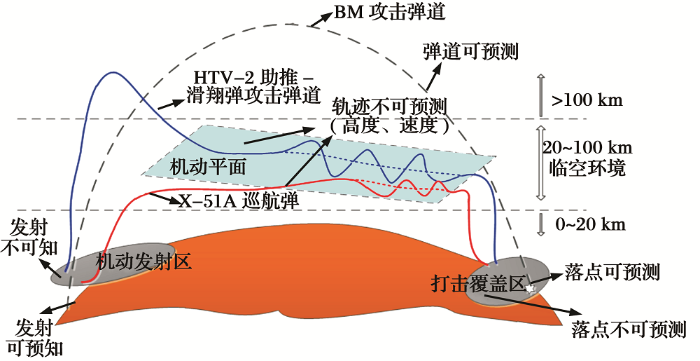Just want to ask a few questions.
- So, China kind of hanged one or many HGVs to a FOBS - and launched the whole thing on an ICBM ? Am I right ?
- CONOPS would be: fire the ICBM, orbit the FOBS for global range, and then drop HGV (that is, unpowered reentry "gliders") on a target ?
- so in a sense, the Chinese brought together, a big R-36 like ICBM, with FOBS but a major difference. Old FOBS had classic ICBM reentry vehicles. That one tentative nuclear warheads would be on hypersonic gliders - Dynasoar / PRIME / ASSET style, except smaller and of course unmanned ?
Impressive. I can see why the Chine brought back FOBS from the technical graveyard where the Soviets had buried it in 1983. HGV is a possible solution to FOBS main issues
- fixed orbits, so needs manoeuverable warheads as only reentry allows to tweak the trajectory and inclination (DYNAmic SOARing, is that thou ?)
- fixed orbit, manoeuvering target compensate for very low CEP compared to suborbital ICBMs
- getting around ABM system: back in the day it was FOBS vss BMEWS / SAFEGUARD / DEFENDER / Spartan & Sprint. The Soviet FOBS was to catch US defenses by surprise, coming from the South Pole rather than the North pole. But fact was, radars made it obsolete from day one.
- I suppose that HGVs reentry manoeuvering would drive the radars & ABM system crazy, so - back to the old Soviet CONOPs about coming from the South pole ? except this time manoeuvering like a goddamn DynaSoar ?
Can't help thinking, this is akin to a) a Titan II + ASSET + Polaris-warhead or b) a R-36-FOBS+BOR-1/2/3+warhead.
I mean, was such system ever reviewed during Cold War ?
https://en.wikipedia.org/wiki/LGM-25C_Titan_II

en.wikipedia.org

en.wikipedia.org

www.yahoo.com













